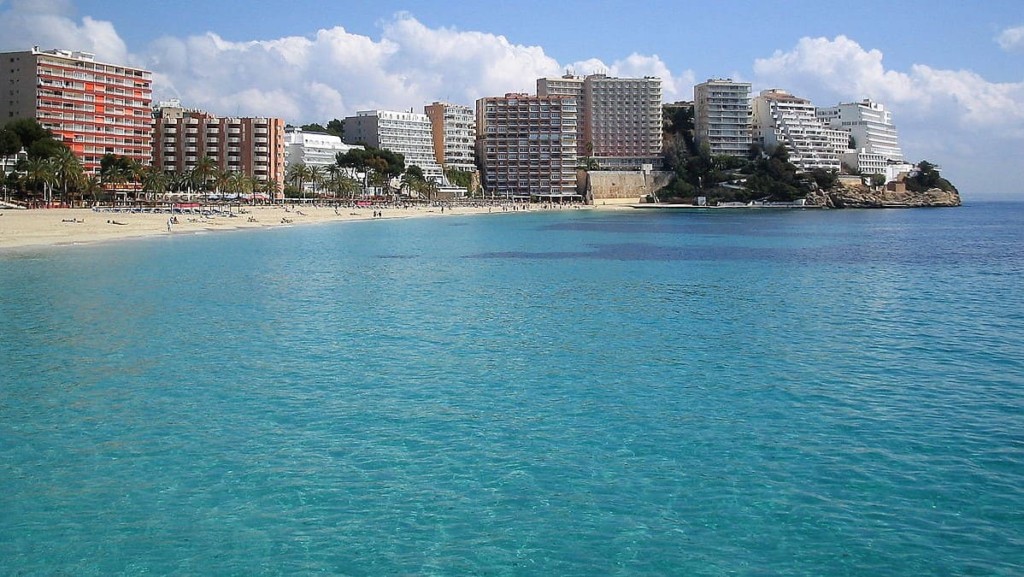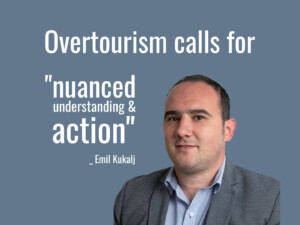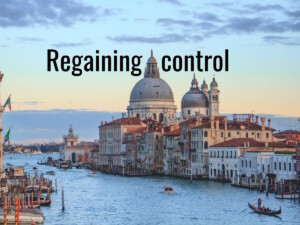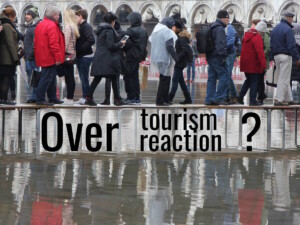Overtourism overturned: How Calviá, Majorca turned its tourism fortunes around

Richard Shepard reckons “overtourism” is an old problem and that there are plenty of proven solutions. As he discusses in this “GT” Insight, all that’s required is the “political and social will” to implement them.
“Tourists go home”
That’s not a rarely heard sentiment lately. You might think that overtourism, based on the headlines this past year, is a recent phenomenon. On the other hand, if you live in Venice you’ve known about and hated it for quite some time now. Just as it is not a new problem, neither are some solutions. But, like climate change, the solutions involve some attitudinal alterations.
Let’s go back two decades and look briefly at the town of Calviá, Majorca. In the 1960s this small town started to become a major resort destination. By the early 90s the numbers of tourists exceeded 1.5 million just in Calviá — and remember, it is a small town on a small island. Promotion of Calviá was very, very successful. So successful, in fact, that by the end of the 80s the result was severe social, environmental and economic decline. For tourists, it wasn’t so nice any longer. Everything crashed. Tourist arrivals dropped more than 20% and the trend was down.
What happened to paradise?
Multiple things: badly coordinated development, unlimited construction, unsustainable use of natural resources, increased dependency on tourism (95% of revenues), pollution and degradation of the natural environment and increased congestion; soil erosion and rapidly deteriorating archaeological heritage — it’s a long list. Increased housing prices and cost of living also caused by tourism made Calviá unaffordable for its own residents and jobs were seasonal. The government took notice.
After the Rio Earth Summit, Calviá found the political and social will to take action. Basically, municipal leaders created and implemented iterations of a sustainable tourism policy and decided that the aim should be to go back to their core — not just cope, but change everything. They took some steps early in the 90s. It was not enough to change the deteriorating dynamic so the municipal leadership began involving the community in an integrated and collaborative way to make more significant changes. Their actions accelerated and became, what some may see, as drastic. But they were necessary based on the inaction of the previous 30 years if they were to achieve their aims.

Buildings were torn down to regain open space and create better quality life. Training was given to guides and businesses to develop off-season travel and draw people away from the beaches to new trails and activities in the countryside. The environment was restored. Laws and regulations were enacted making green areas compulsory for new hotels; limits set on hotel capacity expansion; minimal equipment and quality requirements forced older hotels to invest; 40% of municipal land was restricted from development; a sustainability tax per tourist was collected at hotels.
Their story is not always one of success, but fundamental was the integrated approach supported by the community. The municipality realized that environmental factors were the key aspects for sustainable development: conserving natural heritage, modernizing the tourist sector and restoring existing heritage.
Where there’s a will …
So, the problem of overtourism is not the lack of solutions; it is an unwillingness to accept there is a problem or to commit to deal with it. Further, it is not just the destination that needs to change. Tourists are merely one part of the problem. Responsible travel needs to be taught and by travelling responsibly, some effects of overtourism can be reduced. Tourists need to maximize the benefits to the destination and minimize the negative impacts. That’s become a truism, but there are concrete ways to assure those results.
And we need to recognize that overtourism is not just a tourism management problem. There are simply too many tourists. Like Calviá, multiple actions must be taken. Examples include reducing the number of rooms allowed; implement pricing differentials based on time of day for museums and other attractions; reduce seasonality; reduce cruise ship entrance rights (Venice has done this); reduce government marketing of destinations where it is not needed; and, increase awareness of other destinations.
Travel is not going to disappear and growth toward two billion travellers is happening now. There are ways to avoid destroying destinations through overtourism, but it takes the political and social will to implement solutions.
Featured image: The beach at Magalluf, a major holiday resort in the municipality of Calviá, Majorca, Spain. By Rafael Ortega Díaz (CC BY-SA 3.0) via Wikimedia. Cropped and enhanced by “GT”.
About the author

Richard Shepard is the founder, Trustee and advisor to Sustainable Rural Development International (SRDI), a UK not-for-profit social enterprise offering advice and development services on sustainable tourism. SRDI is implementing the Black Sea Sustainable Rural Tourism Program in Ukraine, Georgia and Turkey.





